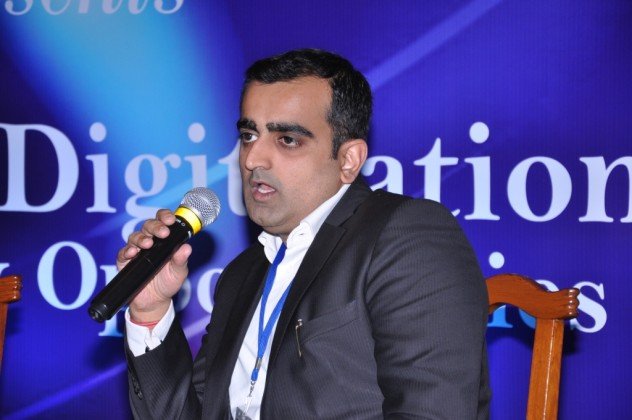Telecom Lead India: Number of digital cable TV subscribers in India is expected to reach 61 million in 2015 from 6 million in 2011, says Rohan Dhamija, co-head, India Practice, Analysys Mason, at the Broadcast Digitization Summit organized by Telecom Lead, India’s No.1 B2B portal dedicated to telecom industry.
Analogue subscription will reduce by more than half to 41 million by 2015 from 88 million in 2011.
While broadcast digitization will benefit most value chain players, Multi System Operator (MSO) economics on a per-subscriber basis will especially see significant improvement, says Rohan Dhamija, co-head, India Practice, Analysys Mason, at the Broadcast Digitization Summit organized by Telecom Lead, India’s No.1 B2B portal dedicated to telecom industry.
MSO economics will improve further as they bundle broadband with Cable TV for a greater proportion of their subscriber base post digitization, Dhamija said.
Although digitization will result in significant upside, MSOs will need to navigate operational and financial challenges prior to reaping benefits.
The Television Networks (Regulation) Amendment Bill 2011 aims to digitize the entire country in a phased manner. The subset clause in the bill mandates a complete analogue switch off by end of year 2014.
An estimated 88 million households, which are currently using analogue cable TV services, will have to be eventually digitized. This is a massive opportunity for industry.
However, Analysis Mason says the non-availability of set top boxes will pose serious challenge to broadcast digitization. As a result, government may miss the target of 100 percent digitization by 2014.
MSOs will face significant execution challenges given the large number of set top boxes required to be installed. As an example, the operational challenge of executing the 30 June 2012 deadline on Phase 1 of digitization has already led to a delay / postponing of the deadline by 4 months.
Speaking about other major trends in the industry, Dhamija said post digitization, MSOs will need to develop customer facing capabilities, especially as the relevance of local cable operators (LCOs) diminishes. Driven by financial pressures and as seen in other global markets, the MSO industry will see consolidation amongst / acquisitions of weaker players which would result in a less fragmented and profitable industry in the long run..
Analysis Mason believes that over the next 3-4 years large number of small MSOs will sell out or merge with larger MSOs. Consolidation will lead to several benefits for the industry and create value for investors.
Meanwhile cable digitization will also help boost the DTH industry. DTH players will be positively impacted by the digitization process. The financial and execution challenges faced by the cable industry through the government mandated digitization process will open up a window of opportunity for DTH.
Industry estimates suggest that 20 percent of urban subscribers and 40 percent of rural cable TV subscribers will face affordability issues with regards to paying for a portion of the digital STB cost associated with migrating to digital cable. The afore-mentioned in turn, could lead to approximately 20 percent of the total existing analog cable TV subscriber base churning to DTH (instead of migrating to digital cable), according to Analysis Mason.
However, driven by ability to offer broadband and higher channel carrying capacity, digital cable is expected to grow much faster than DTH.
Finally, broadcasters will be another set of beneficiaries of the digitization process, with their key business metrics expected to see improvement. Subscriber based content revenue is expected to increase post digitization. Moreover, carriage and placement fees will decrease due to increased channel capacity post digitization.
